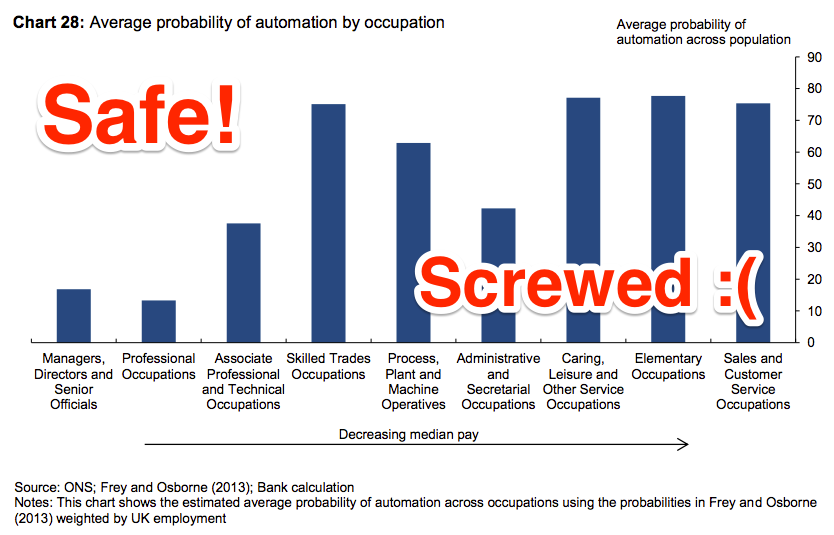Resilience is the New Name of the Game in Supply Chain
For the majority of Supply Chain’s history, this evolution has been driven by a knack for finding efficiency. Companies have leveraged digital tools, and evolving skills, to collect vast data about product or raw materials sourcing, transportation, logistics, and manufacturing. They’ve hired strategic Supply Chain professionals who can turn this data into actionable intelligence, and redesign the supplier, production, and transportation network to get products to market quicker and cheaper. They use advanced ERP software and S&OP strategy to match supply with demand, and turn over inventory faster and faster. “Just-in-time” production has become a hallmark of today’s Supply Chains.
Case in point: research firm Gartner includes the speed of inventory turns as a key metric in its annual Top 25 List recognizing companies for their excellence in Supply Chain.
Now, the top Supply Chain professionals are those who can find those efficiencies, while providing a strong customer experience that safeguards the company’s brand. It’s been a long evolution, and it’s made the field more ascendant within companies than it’s ever been, with a bigger seat at the C-suite table. Risk mitigation, innovation through supplier collaboration, and increased sustainability have also driven Supply Chain’s strategic value – but they’ve taken a back seat to efficiency.
Then came COVID-19.
As we’ve also written about recently, the COVID-19 pandemic has caused almost-unprecedented disruptions to a majority of companies’ Supply Chains – as many as 72%, according to a recent Supply Chain Canada survey.
We’re four months into the pandemic, and it appears that these disruptions have spurred another evolution:
More than ever, companies are focusing on Supply Chain resilience
All around the Supply Chain world, professionals are shifting their focus to make sure that they can withstand supplier disruptions, not only due to COVID-19, but to future emerging issues as well.
In our recent interview with Procurement Guru Jill Button about the particular Supply Chain challenges of the moment, she highlighted this shift, saying: “People are beginning to understand the risks and fragility of a Supply Chain and not having a sound Procurement practice. I think, as a field, we need to step up and embrace this moment.” In March, at the outset of the pandemic, industry thought leader Bob Ferrari wrote about how, in a world of supplier disruption, companies might shift from a just-in-time inventory model that maximizes efficiency, to one that prioritizes a diverse supplier base to maximize resilience.
Top consulting firms are taking notice too, in their own advice to corporate leaders: Bain, Deloitte, McKinsie, and Baker McKenzie, and others have released white papers in recent days on the importance of Supply Chain resiliency and risk mitigation in this new era.
Read more at Resilience is the New Name of the Game in Supply Chain
Leave your comments below and subscribe us to get updates.




































